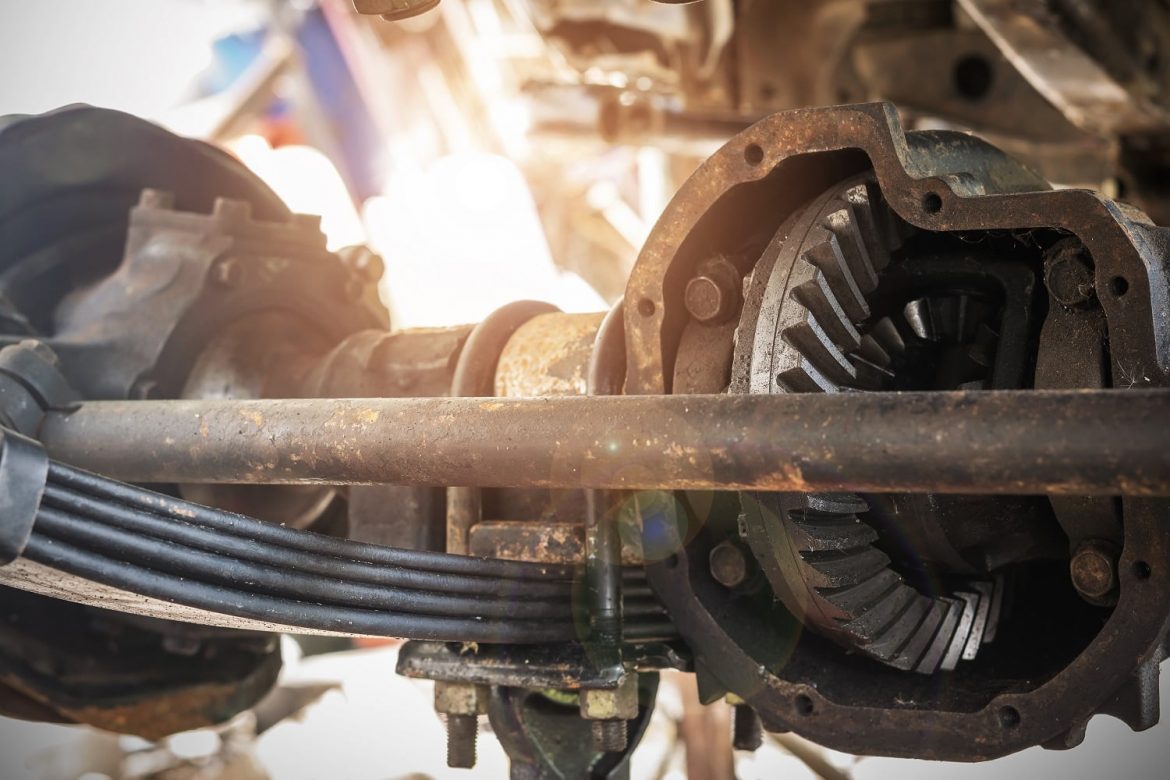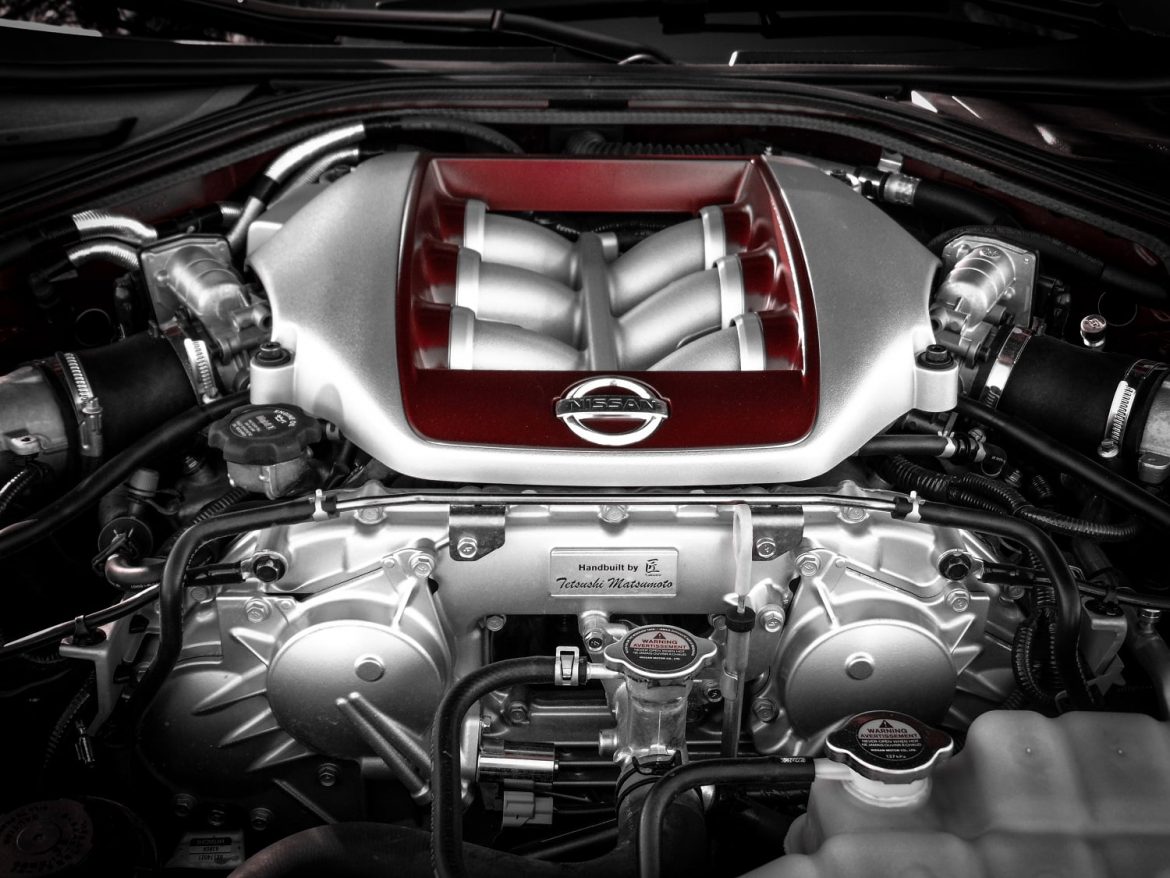Transmission fluid replacement is a simple job, it’s inexpensive and it’s just as important as replacing your engine oil. Besides replacing the engine in your vehicle, replacing the transmission is the next most expensive repair you can do in your vehicle. Just like your engine, your transmission needs clean lubricants to keep in running smoothly and correctly. Unlike your engine, the fluid in your transmission also is a hydraulic fluid that moves components and transfers power and causes shifts so it must be in good condition.
The trickiest part of a transmission fluid replacement in any car is setting the level once you’ve drained the fluid. As you’ll see in this video of a 2012 Hyundai Santa Fe transmission fluid replacement there is no dipstick to measure the fluid level like there is for your engine. Another thing that makes it difficult to set the fluid level is that it can take up to a week for all the transmission fluid to drain back to the pan. Since you can’t let your car sit for a week for the fluid to drain to get an accurate measurement, almost every transmission has the level checked while the engine is running. This way, the transmission pump fills the transmission and torque converter with fluid creating a steady fluid level in the pan to measure.
The next difficulty is that there is a lot of transmission fluid, 12-18 quarts! As things heat up, that fluid will expand causing the fluid level to rise so the fluid level needs to be measured at a steady temperature. In the video above, the transmission fluid level needs to be checked between 122 and 140 degrees Fahrenheit.
Every transmission has some method of checking the fluid level. Some have dipsticks, some have standpipes and some have fill plugs situated at the correct fluid level so be sure to understand how your transmission fluid level should be checked before you get started on your job. To be 100% certain that you’ve got the right fluid level you should catch and measure how much fluid you drained from your transmission to ensure you’ve added about as much new fluid as you initially drained.
While you’re working around your transmission be sure to check for any evidence of a leak. The most common place for a transmission leak is where one of the axles comes out of the transmission so be sure to check your axle seals for any fluid or even caked dirt indicating a slow fluid leak. If you find a leak, be sure to add BlueDevil Transmission Sealer with your new fluid to seal the leak and keep your transmission fluid level where it should be.
Thanks for watching and make sure to subscribe to our channel for more how-to videos!
Pictures provided by:
transmission_fluid_replacement.jpg – By Choochart Choochaikupt – Licensed by Getty Images – Original Link
BlueDevil Products can be found on Amazon.com or at AutoZone, Advance Auto Parts, O’Reilly Auto Parts, NAPA, and other major auto parts retailers.
Related Articles



